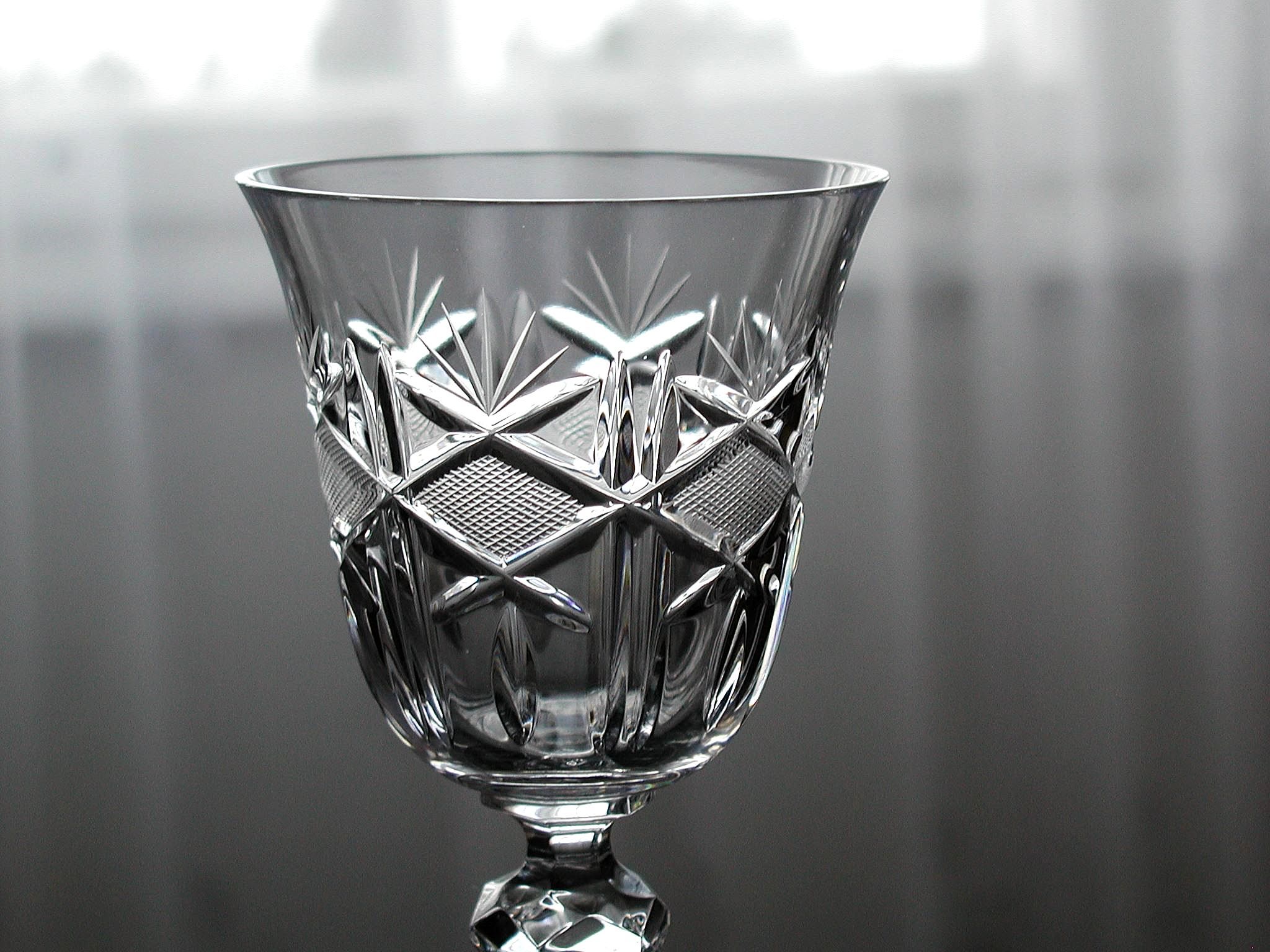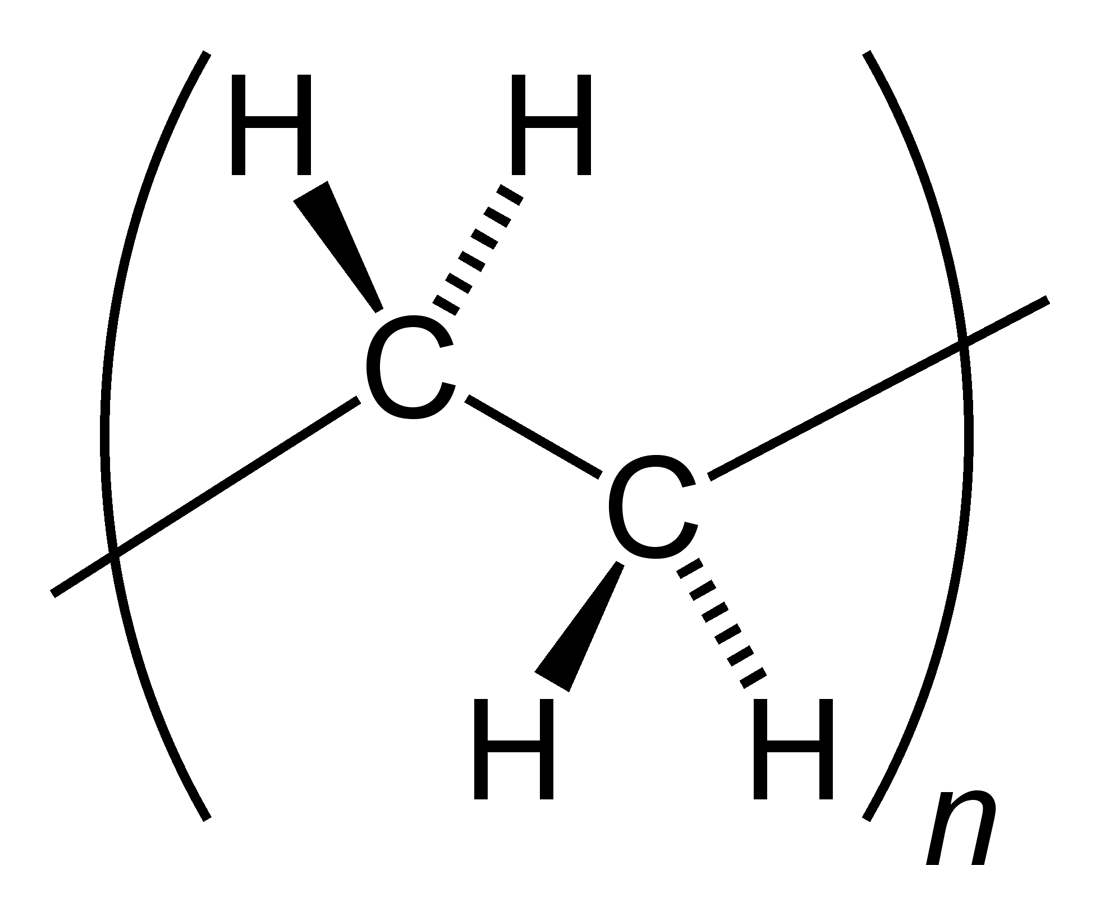|
Hot Cell
A hot cell is a name given to a containment chamber that is shielded against nuclear radiation. The word ''hot'' refers to radioactivity. Hot cells are used in both the nuclear-energy and the nuclear-medicines industries. They are required to protect individuals from radioactive isotopes by providing a safe containment box in which they can control and manipulate the equipment required. Nuclear industry Hot cells are used to inspect spent nuclear fuel rods and to work with other items which are high-energy gamma ray emitters. For instance, the processing of medical isotopes, having been irradiated in a nuclear reactor or particle accelerator, would be carried out in a hot cell. Hot cells are of nuclear proliferation concern, as they can be used to carry out the chemical steps used to extract plutonium (whether weapons grade or not) from reactor fuel. The cutting of the used fuel, the dissolving of the fuel in hot nitric acid and the first extraction cycle of a nuclear re ... [...More Info...] [...Related Items...] OR: [Wikipedia] [Google] [Baidu] |
Corian
Corian is a brand of solid surface material created by DuPont. Its primary use is as a countertop, benchtop surface, wash basin, and wall panel. It is composed of acrylic polymer and alumina trihydrate (ATH), a material derived from bauxite ore. History Corian is the original material of this type, created by Donald Slocum, a chemist at DuPont, in 1967. His name appears on the patent issued in October 1968. The product was first introduced for sale in 1971, at the National Association of Home Builders meeting in Houston, Texas. Originally conceived as a kitchen and bath material available in a single color, Corian is now manufactured and delivered in more than 100 colors and patterns. In 2014 DuPont introduced a range with darker colours that are more resistant to scratches and cuts than earlier-generation Corian material. Material characteristics Corian consists mainly of aluminum trihydroxide (55–60%) and polymethyl methacrylate (34–45%) with trace elements o ... [...More Info...] [...Related Items...] OR: [Wikipedia] [Google] [Baidu] |
Fluorine-18
Fluorine-18 (18F, also called radiofluorine) is a fluorine radioisotope which is an important source of positrons. It has a mass of 18.0009380(6) u and its half-life is 109.771(20) minutes. It decays by positron emission 96.7% of the time and electron capture 3.3% of the time. Both modes of decay yield stable oxygen-18. Natural occurrence is a natural trace radioisotope produced by cosmic ray spallation of atmospheric argon as well as by reaction of protons with natural oxygen: 18O + p → 18F + n.sup>18Oater with high energy protons (typically ~18 MeV). The fluorine produced is in the form of a water solution of 18F">sup>18F luoride, which is then used in a rapid chemical synthesis of various radio pharmaceuticals. The organic oxygen-18 pharmaceutical molecule is not made before the production of the radiopharmaceutical, as high energy protons destroy such molecules ( radiolysis). Radiopharmaceuticals using fluorine must therefore be synthesized after the fluorine-18 has ... [...More Info...] [...Related Items...] OR: [Wikipedia] [Google] [Baidu] |
Clean Rooms
Clean may refer to: * Cleaning, the process of removing unwanted substances, such as dirt, infectious agents, and other impurities, from an object or environment * Cleanliness, the state of being clean and free from dirt Arts and media Music Albums * ''Clean'' (Cloroform album), 2007 * ''Clean'' (Deitiphobia album), 1994 * ''Clean'' (Severed Heads album), 1981 * ''Clean'' (Shane & Shane album), 2004 * ''Clean'' (Soccer Mommy album), 2018 * ''Clean'' (The Japanese House EP), second EP by English indie pop act The Japanese House * ''Clean'' (Whores EP), second EP by American rock band Whores * ''Clean'', an Edwin Starr album Songs * "Clean" (song), by Taylor Swift from her album ''1989'', also covered by Ryan Adams from his album ''1989'' *"Clean", a song by Depeche Mode from their 1990 album '' Violator'' *"Clean", a song by Incubus from their 1999 album ''Make Yourself'' *"Clean", a song by KSI and Randolph from the 2019 album ''New Age'' Other uses in music * Clean, an a ... [...More Info...] [...Related Items...] OR: [Wikipedia] [Google] [Baidu] |
Telemanipulator
A remote manipulator, also known as a telefactor, telemanipulator, or waldo (after the 1942 short story " Waldo" by Robert A. Heinlein which features a man who invents and uses such devices), is a device which, through electronic, hydraulic, or mechanical linkages, allows a hand-like mechanism to be controlled by a human operator. The purpose of such a device is usually to move or manipulate hazardous materials for reasons of safety, similar to the operation and play of a claw crane game. History In 1945, the company Central Research Laboratories was given the contract to develop a remote manipulator for the Argonne National Laboratory. The intent was to replace devices which manipulated highly radioactive materials from above a sealed chamber or hot cell, with a mechanism which operated through the side wall of the chamber, allowing a researcher to stand normally while working. The result was the Master-Slave Manipulator Mk. 8, or MSM-8, which became the iconic remote manip ... [...More Info...] [...Related Items...] OR: [Wikipedia] [Google] [Baidu] |
Zinc Bromide
Zinc bromide ( Zn Br2) is an inorganic compound with the chemical formula Zn Br2. It is a colourless salt that shares many properties with zinc chloride (ZnCl2), namely a high solubility in water forming acidic solutions, and good solubility in organic solvents. It is hygroscopic and forms a dihydrate ZnBr2·2H2O. Production ZnBr2 · 2H2O is prepared by treating zinc oxide or zinc metal with hydrobromic acid. : ZnO + 2HBr + H2O → ZnBr2·2H2O : Zn + 2HBr → ZnBr2 + H2 The anhydrous material can be produced by dehydration of the dihydrate with hot CO2 or by reaction of zinc metal and bromine. Sublimation in a stream of hydrogen bromide also gives the anhydrous derivative. Structure ZnBr2 crystallizes in the same structure as ZnI2: four tetrahedral Zn centers share three vertices to form “super-tetrahedra” of nominal composition 2−, which are linked by their vertices to form a three-dimensional structure. The dihydrate ZnBr2 · 2H2O can be described as ( n(H2 ... [...More Info...] [...Related Items...] OR: [Wikipedia] [Google] [Baidu] |
Lead
Lead () is a chemical element; it has Chemical symbol, symbol Pb (from Latin ) and atomic number 82. It is a Heavy metal (elements), heavy metal that is density, denser than most common materials. Lead is Mohs scale, soft and Ductility, malleable, and also has a relatively low melting point. When freshly cut, lead is a shiny gray with a hint of blue. It tarnishes to a dull gray color when exposed to air. Lead has the highest atomic number of any stable nuclide, stable element and three of its isotopes are endpoints of major nuclear decay chains of heavier elements. Lead is a relatively unreactive post-transition metal. Its weak metallic character is illustrated by its Amphoterism, amphoteric nature; lead and lead oxides react with acids and base (chemistry), bases, and it tends to form covalent bonds. Lead compounds, Compounds of lead are usually found in the +2 oxidation state rather than the +4 state common with lighter members of the carbon group. Exceptions are mostly limited ... [...More Info...] [...Related Items...] OR: [Wikipedia] [Google] [Baidu] |
Lead Glass
Lead glass, commonly called crystal, is a variety of glass in which lead replaces the calcium content of a typical potash glass. Lead glass contains typically 18–40% (by mass) lead(II) oxide (PbO), while modern lead crystal, historically also known as flint glass due to the original silica source, contains a minimum of 24% PbO. Lead glass is often desirable for a variety of uses due to its clarity. In marketing terms it is often called crystal glass. The term ''lead crystal'' is, technically, not an accurate term to describe lead glass, because glass lacks a crystalline structure and is instead an amorphous solid. The use of the term remains popular for historical and commercial reasons, but is sometimes changed to simply ''crystal'' because of lead's reputation as a toxic substance. It is retained from the Venetian word to describe the rock crystal (quartz) imitated by Murano glassmakers. This naming convention has been maintained to the present day to describe deco ... [...More Info...] [...Related Items...] OR: [Wikipedia] [Google] [Baidu] |
Video Of Idaho National Laboratory
Video is an electronic medium for the recording, copying, playback, broadcasting, and display of moving visual media. Video was first developed for mechanical television systems, which were quickly replaced by cathode-ray tube (CRT) systems, which, in turn, were replaced by flat-panel displays of several types. Video systems vary in display resolution, aspect ratio, refresh rate, color capabilities, and other qualities. Analog and digital variants exist and can be carried on a variety of media, including radio broadcasts, magnetic tape, optical discs, computer files, and network streaming. Etymology The word ''video'' comes from the Latin verb ''video,'' meaning to see or ''videre''. And as a noun, "that which is displayed on a (television) screen," History Analog video Video developed from facsimile systems developed in the mid-19th century. Early mechanical video scanners, such as the Nipkow disk, were patented as early as 1884, however, it took several decades bef ... [...More Info...] [...Related Items...] OR: [Wikipedia] [Google] [Baidu] |
Polyethylene
Polyethylene or polythene (abbreviated PE; IUPAC name polyethene or poly(methylene)) is the most commonly produced plastic. It is a polymer, primarily used for packaging (plastic bags, plastic films, geomembranes and containers including bottles, cups, jars, etc.). , over 100 million tonnes of polyethylene resins are being produced annually, accounting for 34% of the total plastics market. Many kinds of polyethylene are known, with most having the chemical formula (C2H4)''n''. PE is usually a mixture of similar polymers of ethylene, with various values of ''n''. It can be ''low-density'' or ''high-density'' and many variations thereof. Its properties can be modified further by crosslinking or copolymerization. All forms are nontoxic as well as chemically resilient, contributing to polyethylene's popularity as a multi-use plastic. However, polyethylene's chemical resilience also makes it a long-lived and decomposition-resistant pollutant when disposed of improperly. Being a h ... [...More Info...] [...Related Items...] OR: [Wikipedia] [Google] [Baidu] |
Californium
Californium is a synthetic chemical element; it has symbol Cf and atomic number 98. It was first synthesized in 1950 at Lawrence Berkeley National Laboratory (then the University of California Radiation Laboratory) by bombarding curium with alpha particles (helium-4 ions). It is an actinide element, the sixth transuranium element to be synthesized, and has the second-highest atomic mass of all elements that have been produced in amounts large enough to see with the naked eye (after einsteinium). It was named after the university and the U.S. state of California. Two crystalline forms exist at normal pressure: one above and one below . A third form exists at high pressure. Californium slowly tarnishes in air at room temperature. Californium compounds are dominated by the +3 oxidation state. The most stable of californium's twenty known isotopes is californium-251, with a half-life of 898 years. This short half-life means the element is not found in significant quantities in ... [...More Info...] [...Related Items...] OR: [Wikipedia] [Google] [Baidu] |







